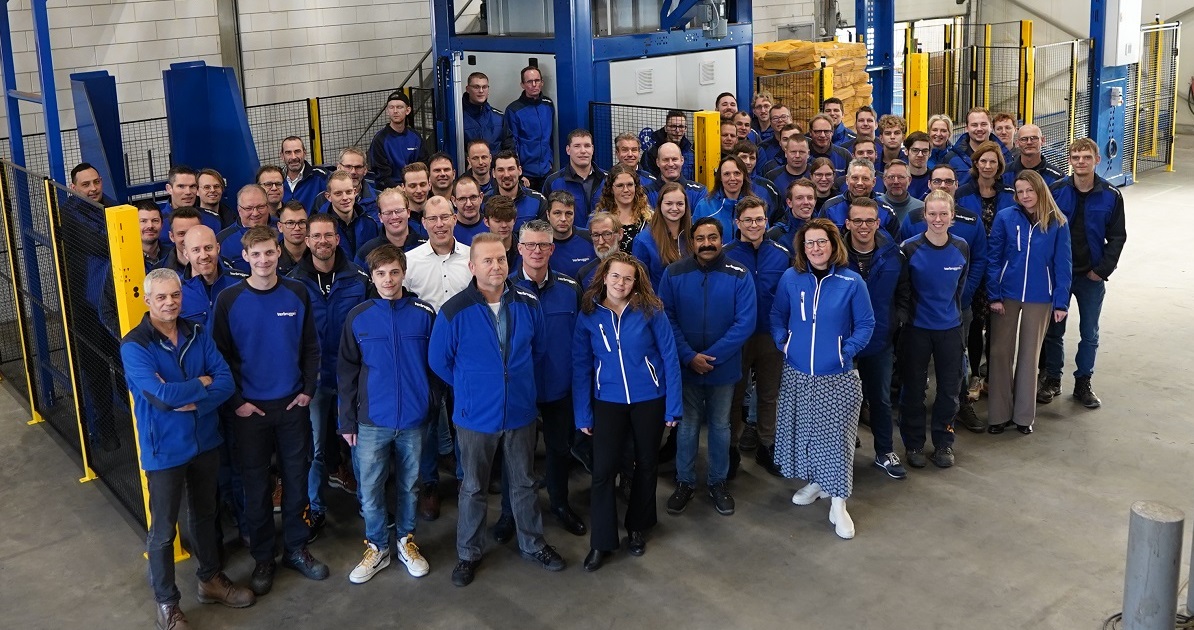Our Solutions
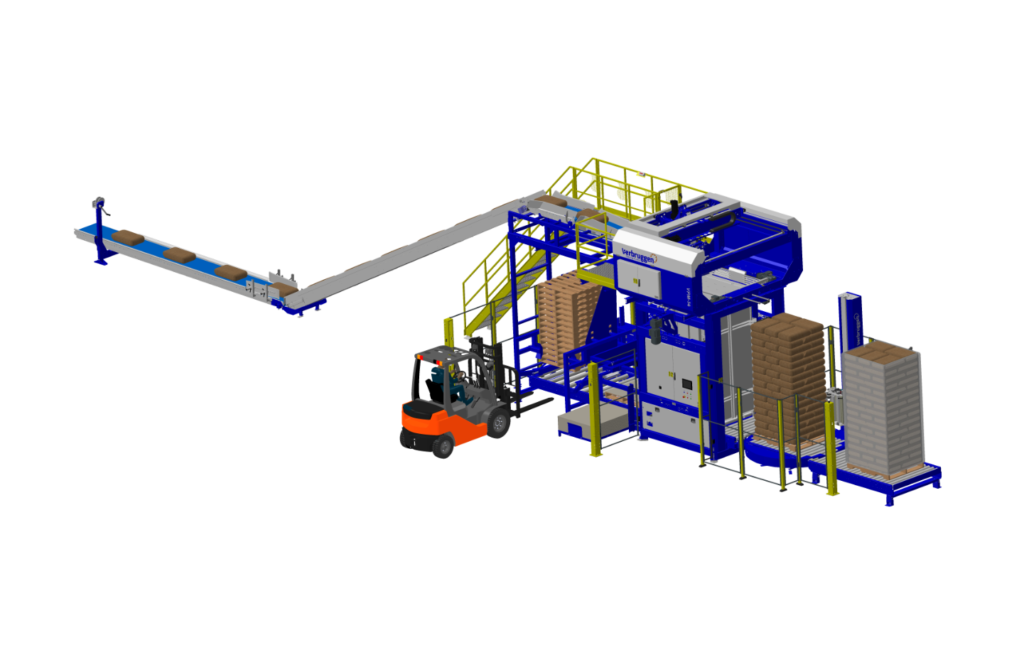
Bag Palletizing
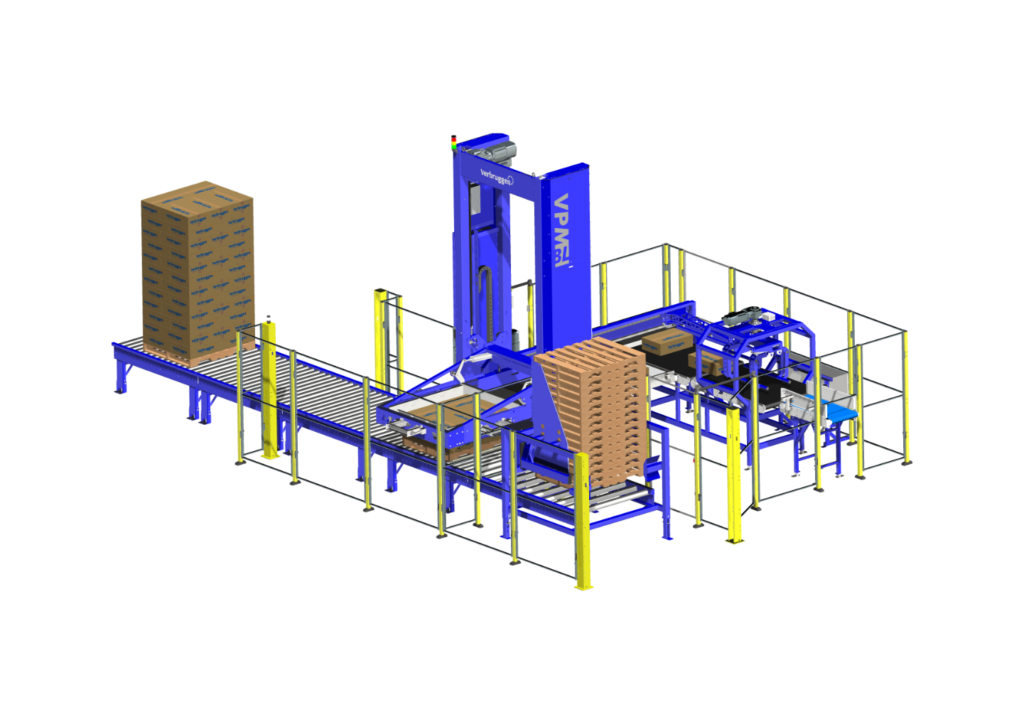
Box Palletizing
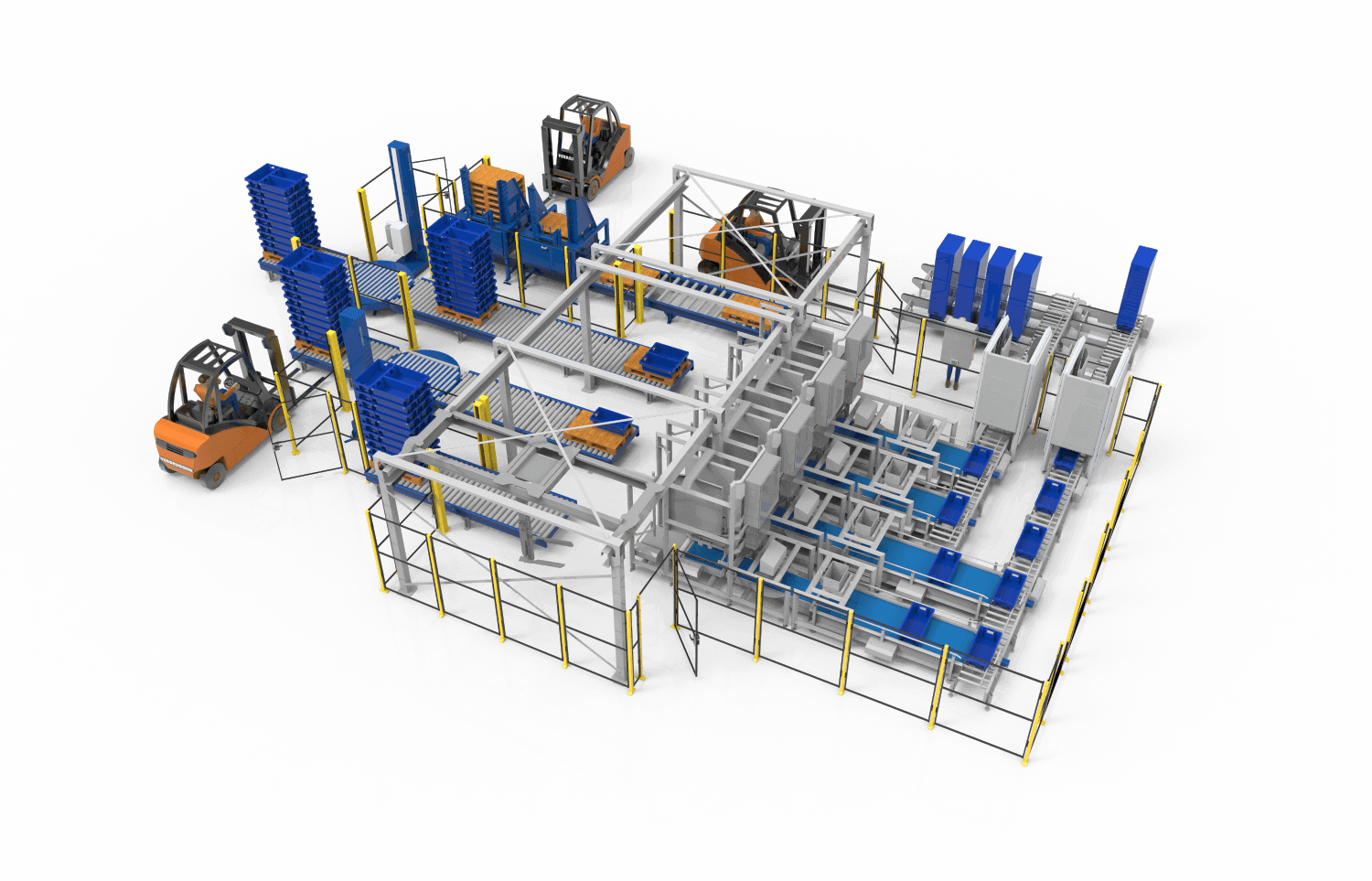
Customized Solutions
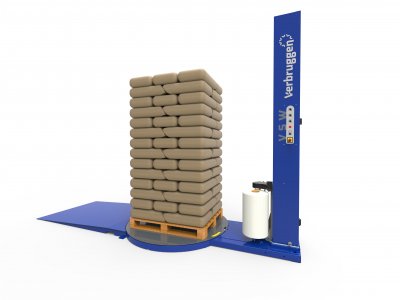
Pallet Wrapping
Find The Perfect Palletizer For Your Business
More information?

Request for Advice or Proposal
Learn more about what palletizing
can do for your business.

Contact Us Today!
If you have any questions, please feel
free to contact us.
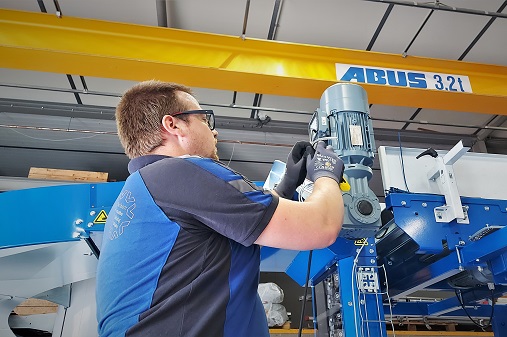
Service
Need help planning preventative maintenance or a service visit? We address all requests within 24 hours.
FREQUENTLY ASKED QUESTIONS
Palletizing refers to the process of arranging and stacking products on a pallet in a warehouse or manufacturing facility. The goal of palletizing is to create a stable and secure load that can be easily moved and stored using a forklift or pallet jack.
Palletizing can be done manually by workers or by using automated equipment, such as robots or conveyor systems. In a palletizing operation, the products to be palletized are typically brought to a central location, and then they are picked up and arranged on the pallet according to a specific pattern or configuration. The palletized products are then wrapped or secured in place using packaging materials such as shrink wrap or stretch wrap, and labeled with the necessary information for handling and storage.
Palletizing is a key part of many logistics and supply chain systems, as it allows for the efficient and safe handling and storage of products
A palletizing system is a type of or combination of automated equipment used in warehouses and manufacturing facilities to arrange and stack products on pallets. Palletizing systems can include a variety of different components, such as conveyor belts, robots, and packaging machinery, that work together to efficiently and accurately palletize products.
Palletizing systems can be programmed to handle a wide range of products and can work quickly and accurately, reducing the amount of manual labor required in a warehouse or manufacturing facility. They are often used in conjunction with other types of automation equipment, such as conveyor systems and packaging machinery, to improve efficiency and reduce costs
Verbruggen palletizing machines are designed for quality and durability, delivering an incredible stable stack and consistent performance. This exceptional focus on dependability makes Verbruggen the preferred choice of many industry leaders. Additionally, our machines are cutting edge as a result of extensive R&D, meaning that we can stack the most challenging products on the market.
- Latest technology in automation industry 4.0
- Customized solutions designed for your packaging and capacity requirements
- Industry-leading equipment solutions for optimal efficiency and durability
- First-class customer service and after-sales support.
- We can stack any type of products; bags, boxes, crates, cartons, even special product applications..
Verbruggen palletizing machines are designed for quality and durability, delivering an incredible stable stack and consistent performance. This exceptional focus on dependability makes Verbruggen the preferred choice of many industry leaders. Additionally, our machines are cutting edge as a result of extensive R&D, meaning that we can stack the most challenging products on the market.
- Latest technology in automation industry 4.0
- Customized solutions designed for your packaging and capacity requirements
- Industry-leading equipment solutions for optimal efficiency and durability
- First-class customer service and after-sales support.
- We can stack any type of products; bags, boxes, crates, cartons, even special product applications..
Verbruggen palletizing machines are designed for quality and durability, delivering an incredible stable stack and consistent performance. This exceptional focus on dependability makes Verbruggen the preferred choice of many industry leaders. Additionally, our machines are cutting edge as a result of extensive R&D, meaning that we can stack the most challenging products on the market.
- Latest technology in automation industry 4.0
- Customized solutions designed for your packaging and capacity requirements
- Industry-leading equipment solutions for optimal efficiency and durability
- First-class customer service and after-sales support.
- We can stack any type of products; bags, boxes, crates, cartons, even special product applications..
Verbruggen palletizing machines are designed for quality and durability, delivering an incredible stable stack and consistent performance. This exceptional focus on dependability makes Verbruggen the preferred choice of many industry leaders. Additionally, our machines are cutting edge as a result of extensive R&D, meaning that we can stack the most challenging products on the market.
- Latest technology in automation industry 4.0
- Customized solutions designed for your packaging and capacity requirements
- Industry-leading equipment solutions for optimal efficiency and durability
- First-class customer service and after-sales support.
- We can stack any type of products; bags, boxes, crates, cartons, even special product applications..
Verbruggen palletizing machines are designed for quality and durability, delivering an incredible stable stack and consistent performance. This exceptional focus on dependability makes Verbruggen the preferred choice of many industry leaders. Additionally, our machines are cutting edge as a result of extensive R&D, meaning that we can stack the most challenging products on the market.
- Latest technology in automation industry 4.0
- Customized solutions designed for your packaging and capacity requirements
- Industry-leading equipment solutions for optimal efficiency and durability
- First-class customer service and after-sales support.
- We can stack any type of products; bags, boxes, crates, cartons, even special product applications..
Palletizing operation is the process of arranging and stacking products on a pallet in a warehouse or manufacturing facility.
What is the goal of the palletizing operation?
The goal of palletizing is to create a stable and secure load that can be easily moved and stored using a forklift or pallet jack.
Palletizing operations can be done manually by workers or by using automated equipment, such as robots or conveyor systems. In a palletizing operation, the products to be palletized are typically brought to a central location, and then they are picked up and arranged on the pallet according to a specific pattern or configuration. The palletized products are then wrapped or secured in place using packaging materials such as shrink wrap or stretch wrap, and labeled with the necessary information for handling and storage.
Palletizing operations are a key part of many logistics and supply chain systems, as they allow for the efficient and safe handling and storage of products
Inline palletizing is a method of arranging products on a pallet where the products move along a production line. This can be done either manually or by a palletizer. The benefits of Inline palletizing depends on the specific needs of the production or warehouse.
What is an inline palletizing machine?
An inline palletizing machine automatically stacks products on pallets as they move through the inline palletizing system along a conveyor or production line. The inline palletizing system uses special equipment, such as robotic arms or automated palletizers, to accurately place products on the pallets according to predetermined patterns or configurations.
When to use inline palletizing?
Inline palletizing machine is often used when products are produced at a high rate and need to be quickly and efficiently palletized for shipping or storage. It can also be used to improve the accuracy and consistency of the palletizing process because palletizers, robots or automated systems can be programmed to place products on the pallet in a specific pattern or configuration. Inline palletizing can be more efficient and cost-effective than traditional manual palletizing methods, especially for large volumes.
Palletizing products is the process of arranging and stacking products on a pallet, done in a manufacturing or warehouse facility. The goal of palletizing products is to create a stable and secure load that can be easily moved and stored using a forklift. Palletizing products can be done manually or by using machinery, such as palletizers, palletizing robots or conveyor systems.
In a palletizing operation, the products to be palletized are typically brought to a central location, and then they are picked up and arranged on the pallet according to a specific pattern or configuration. The palletized products are then wrapped or secured in place using packaging materials such as shrink wrap or stretch wrap, and labeled with the necessary information for handling and storage.
A palletizing robot -or palletizer robot- is a type of industrial robot (robotic machine) that is used to stack and unstack items on pallets in a warehouse or manufacturing environment. These robots are typically equipped with a gripper or suction cup to pick up items, and are programmed to arrange them in a specific pattern or configuration on a pallet.
Palletizing robots and palletizer machines can be the same thing. A typical difference can be the use of a robotic arm versus the use of a manipulator. In the vast majority of cases, a palletizer with a manipulator achieves a higher stacking speed than a robotic arm.
Palletizing robots can work quickly and accurately, and can be used to handle a wide range of products, including boxes, bags, and other types of packages. They are often used in conjunction with other automation equipment, such as conveyor systems and packaging machinery, to improve efficiency and reduce the amount of manual labor required in a warehouse or manufacturing facility
